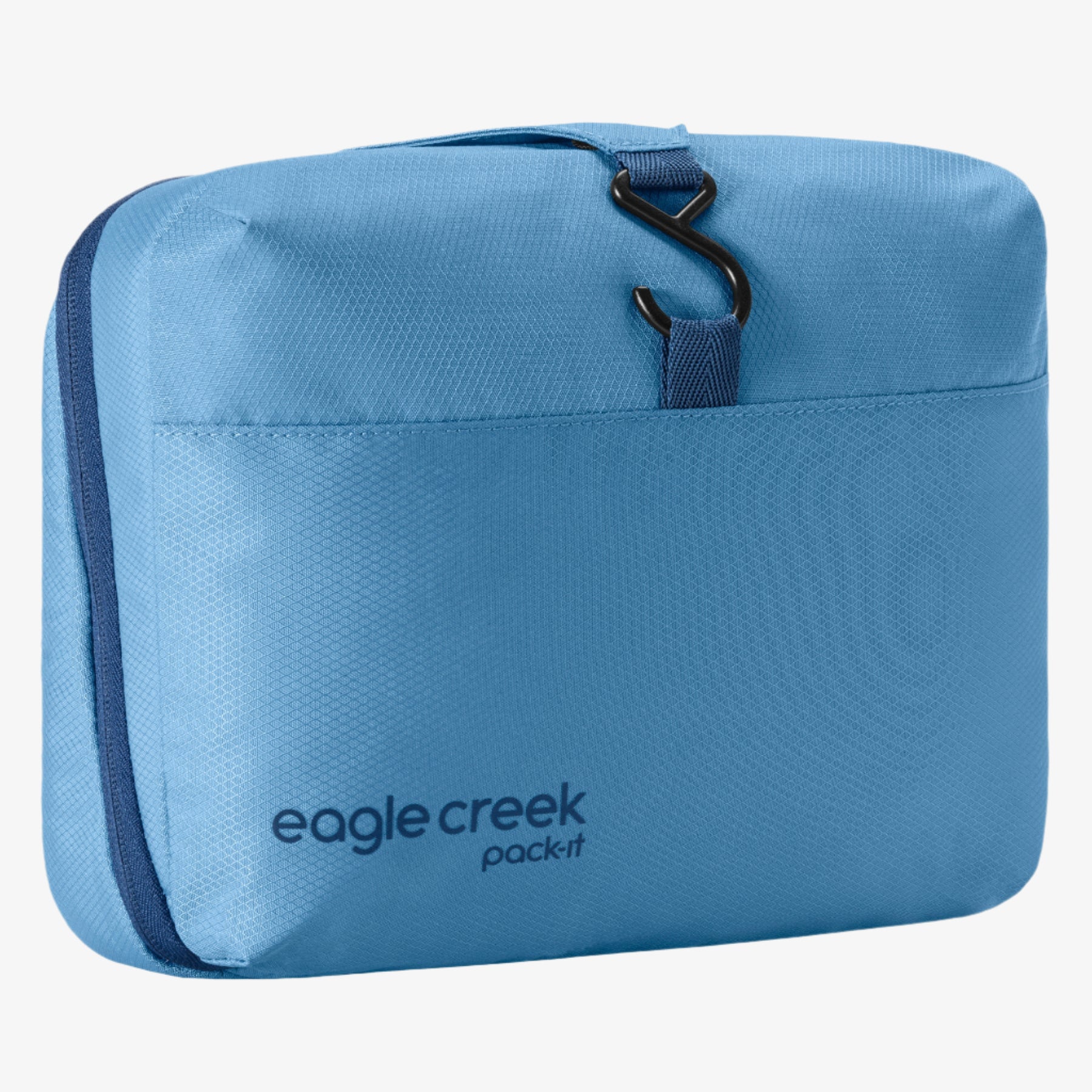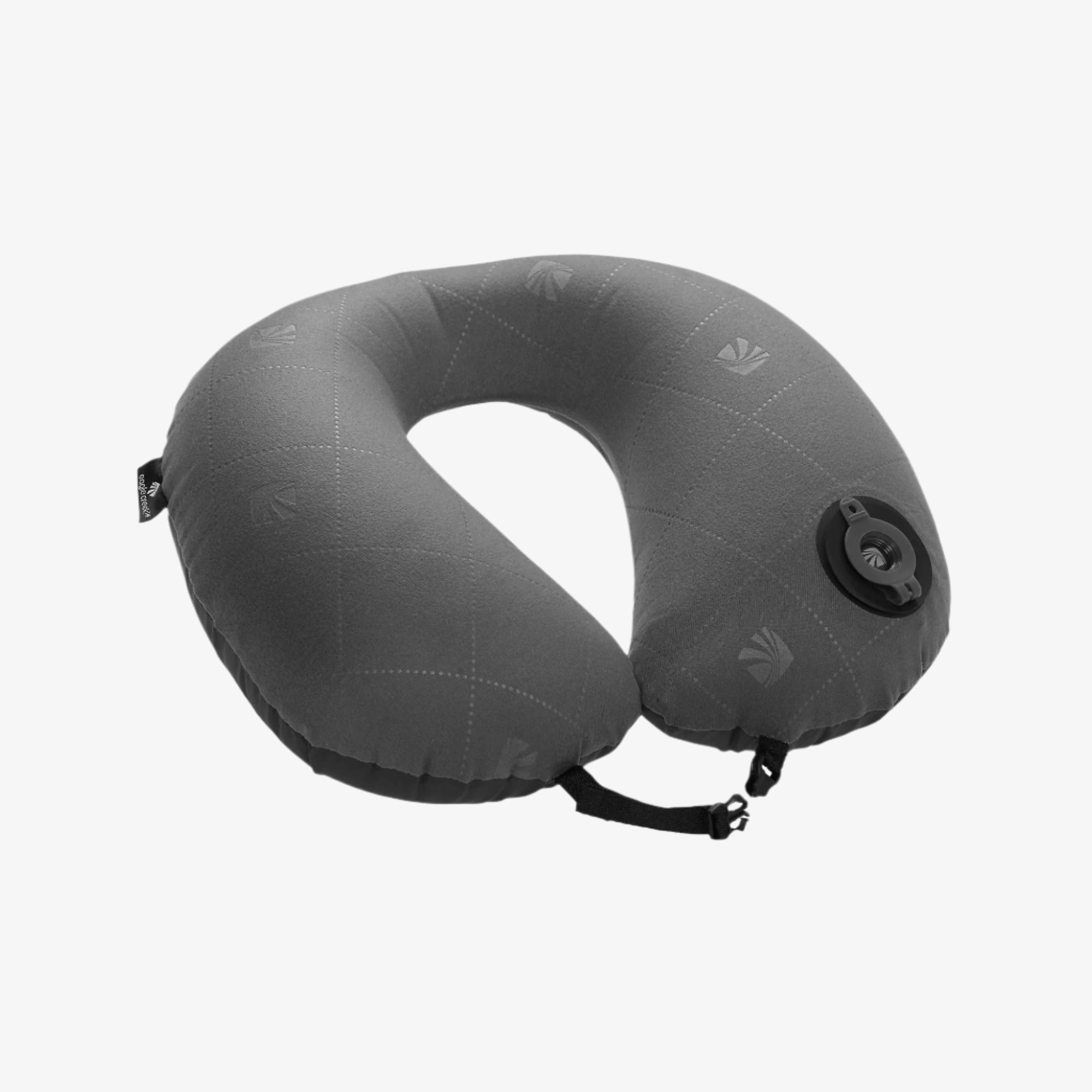Happy Birthday, Continental Divide Trail!

Celebrate the Continental Divide Trail’s 40th birthday with long-distance hikes and fantastic scenery along the 3,100-mile National Scenic Trail.
Though no one likes being called over-the-hill on their 40th birthday, for the Continental Divide Trail, the hills are the best parts! Established in 1978, the Continental Divide Trail (CDT) traverses between Mexico and Canada, winding through five states along its namesake spine that divides the two halves of the continent. It’s part of the “Triple Crown” for the long-distance-hiking community (along with the Pacific Crest Trail and the Appalachian Trail), but you don’t have to attempt the entire 3,100-mile (4989 km) trail to appreciate its beauty and majesty.
Through Mountains and Deserts and Tundra
Hiking the entire CDT is a massive undertaking that requires a lot of planning and preparation. It’s a great bucket list item, but if you’re looking to dip your toe into the trail rather than high-dive in, consider a day or weekend hiking trip. There are lots of options, from exploring the deserts of New Mexico to climbing high in Colorado.
For a look at the unique geology of New Mexico, consider hiking a stretch of the trail through El Malpais National Monument. At this point, the CDT actually shares the path with the Zuni-Acoma Trail, which has been in use for the past thousand years. Here, you’ll be able to hike through the Chain of Craters. These cinder cones, which were created by an underground lava flow, provide a scenic backdrop for some classic, high-desert hiking.
Near Steamboat Springs, Colorado, you can hike the CDT through Routt National Forrest, which is gorgeous at any time of year but especially in late fall. In addition to the opportunity to soak yourself in the natural hot springs in the area (I suggest after your hike), this section of the CDT is special because it takes you within view of the rock formations that give Rabbit Ears Pass its name. These sandstone formations are eroding and soon there may be only Rabbit Ear Pass. If you want a three- or four-day hike and have someone to pick you up at the end, you can follow the trail from Steamboat to the Wyoming border.
One of the most accessible options is exploring the 28 miles of the CDT that runs through Rocky Mountain National Park in Colorado. It’s not far from Denver, but it gives hikers expansive, high-altitude views that are hard to beat. Though there are plenty of challenging sections, a great way to get the family on the trail is along Shadow Mountain Lake and down to Lake Granby.
Not Just Hiking
Though hiking is the most popular way to experience the CDT, there’s no rule that you have to hike it. If you want to tackle the trail in the winter, snowshoeing and cross-country skiing are going to your best modes of transportation. Be sure to check snow conditions and—if you’re going to travel through the backcountry in the winter—having prior knowledge of avalanche safety is important. During the summer, there are sections of the trail that you can tackle on a mountain bike or even on horseback. Choose your mode of moving and take off!
Tips for the Trail
Before you start off on your adventure, there are a few tips to help you not only survive but truly enjoy the journey.
- Hydrate, hydrate, hydrate. As with any hike, whether you’re planning an hour or a few days, water is the most important weight you’ll carry. Having a gallon of water a day is a good rule of thumb, so plan where (and how) you can get it or carry it.
- Be prepared. While you can’t plan for everything that might happen, you can do your best to think ahead and have the necessary equipment to mitigate any situation. Let someone know where you’re planning on hiking and when you expect to return. Do your research and carry maps of the trail. Take snacks.
- Let go of the little things. The joy of being on the trail is enjoying each moment as it comes. Is the trail a bit muddy? No problem—a little mud makes you look hardcore. Did you get a later start than you wanted? Start walking and adjust your timeline accordingly. Forget your camera? Your memories will be just as vivid. Though you should never take chances with your safety, letting go of the small things will make your hike even more enjoyable.
A great way to organize your hiking pack is with packing cubes. Even if you’re only going for a day hike, cubes can help you organize your additional warm clothing, rain gear, spare socks and other necessities. A small cube with a waterproof interior is perfect for holding a first aid kit.
Whether you choose to sample a small portion or a longer section of the CDT, there’s no better time to bask in its rugged glory. Granted, it’ll be there next year, too, but it’s always nice to celebrate a birthday with a friend.
Have you hiked part (or all!) of the Continental Divide Trail? Share your story in the comments!
While Eagle Creek is here to provide tips and insights on travel, we cannot accept any responsibility for any potential consequences arising from the use of this information. Always conduct your own research and use your best judgment.
Related Links (from Eagle Creek blog):
Tips for Hiking with School-Age Kids






































